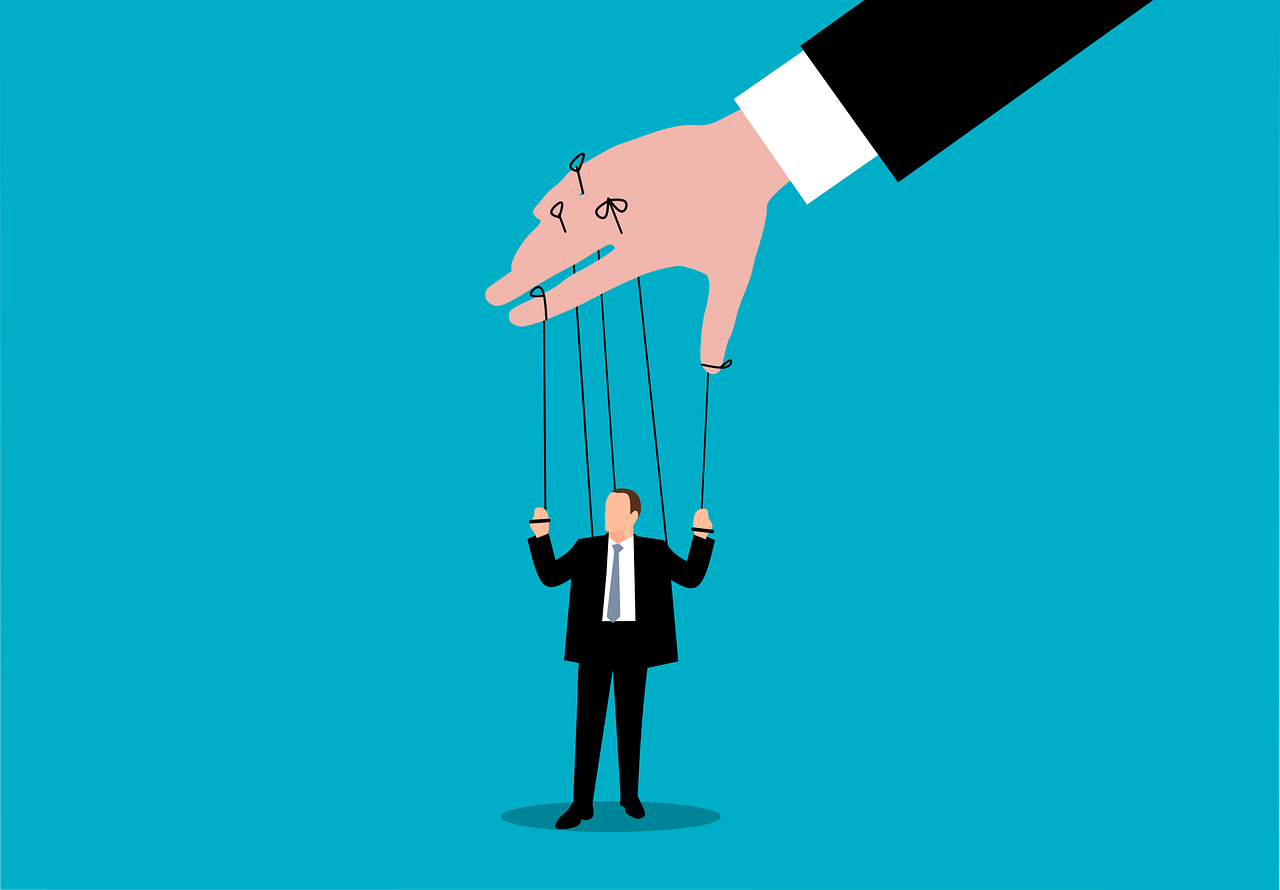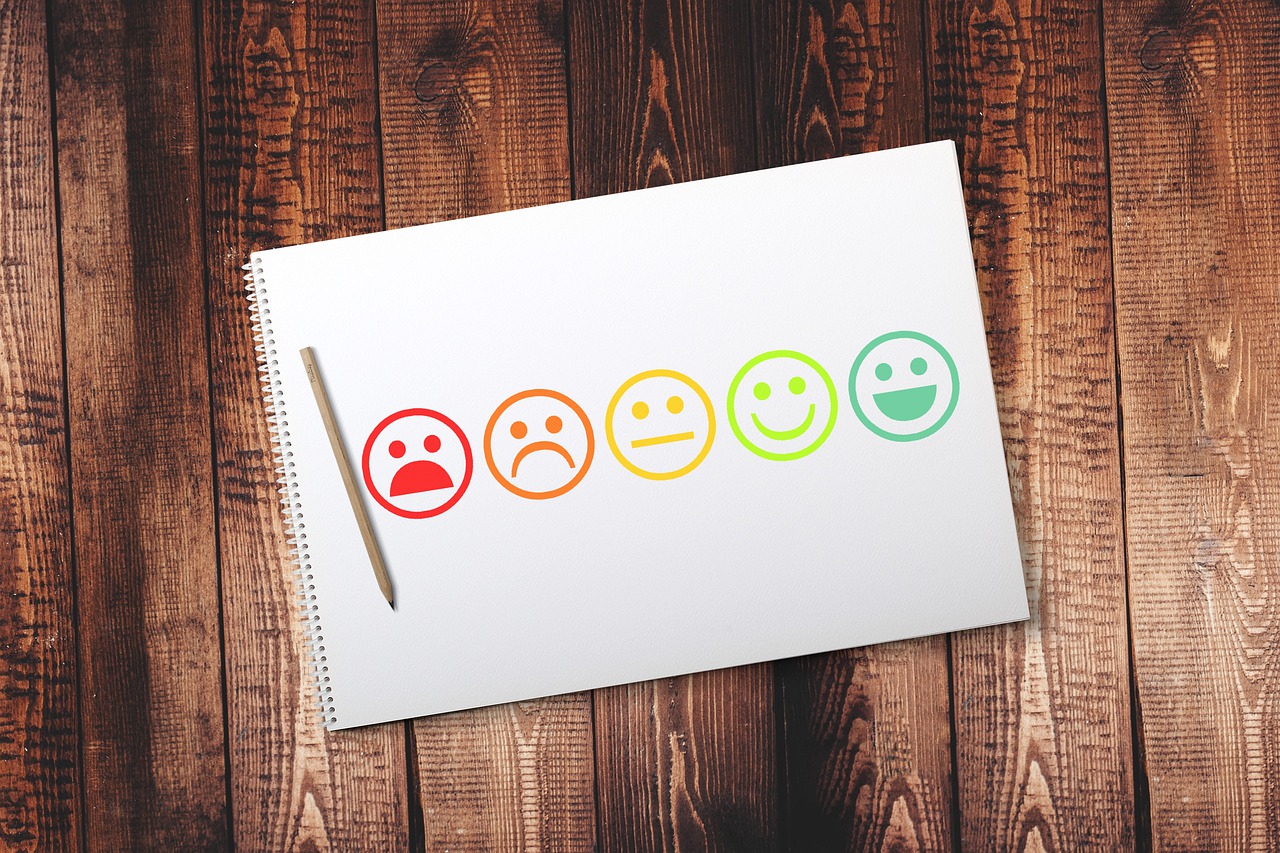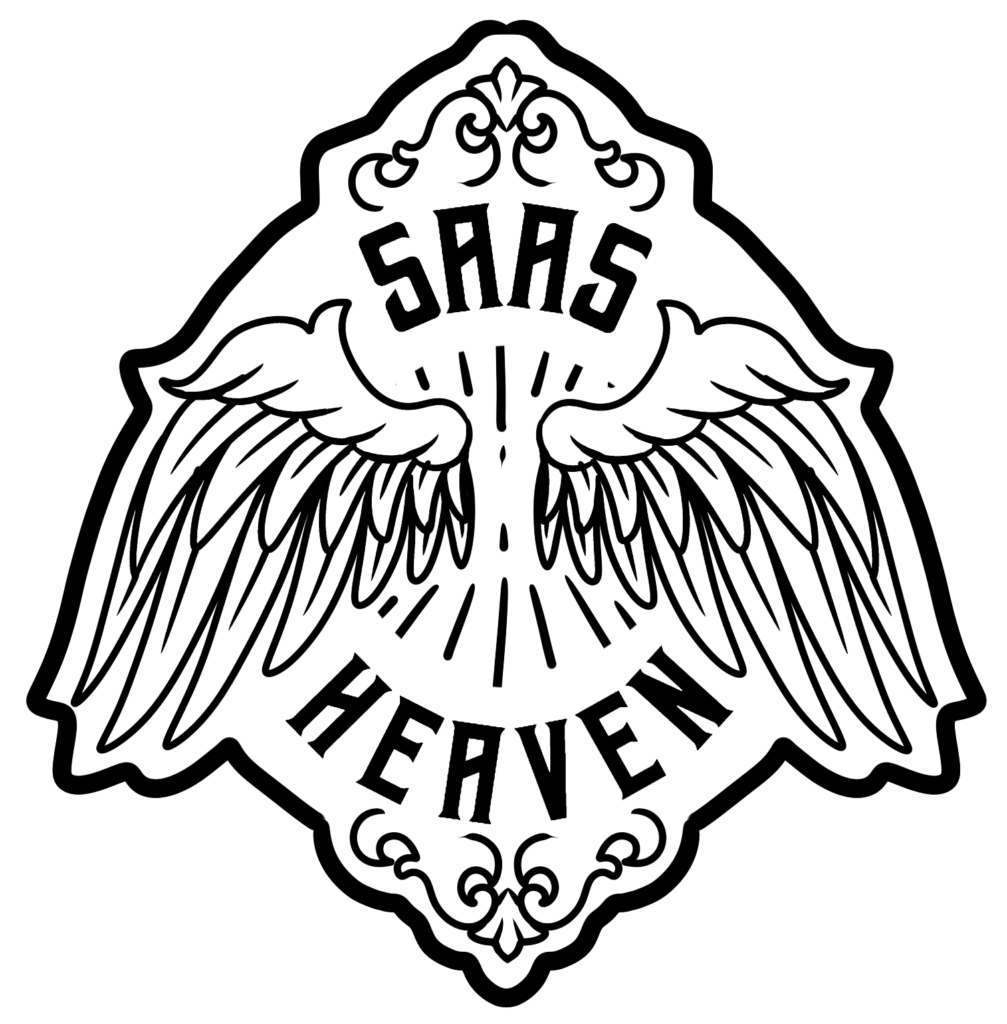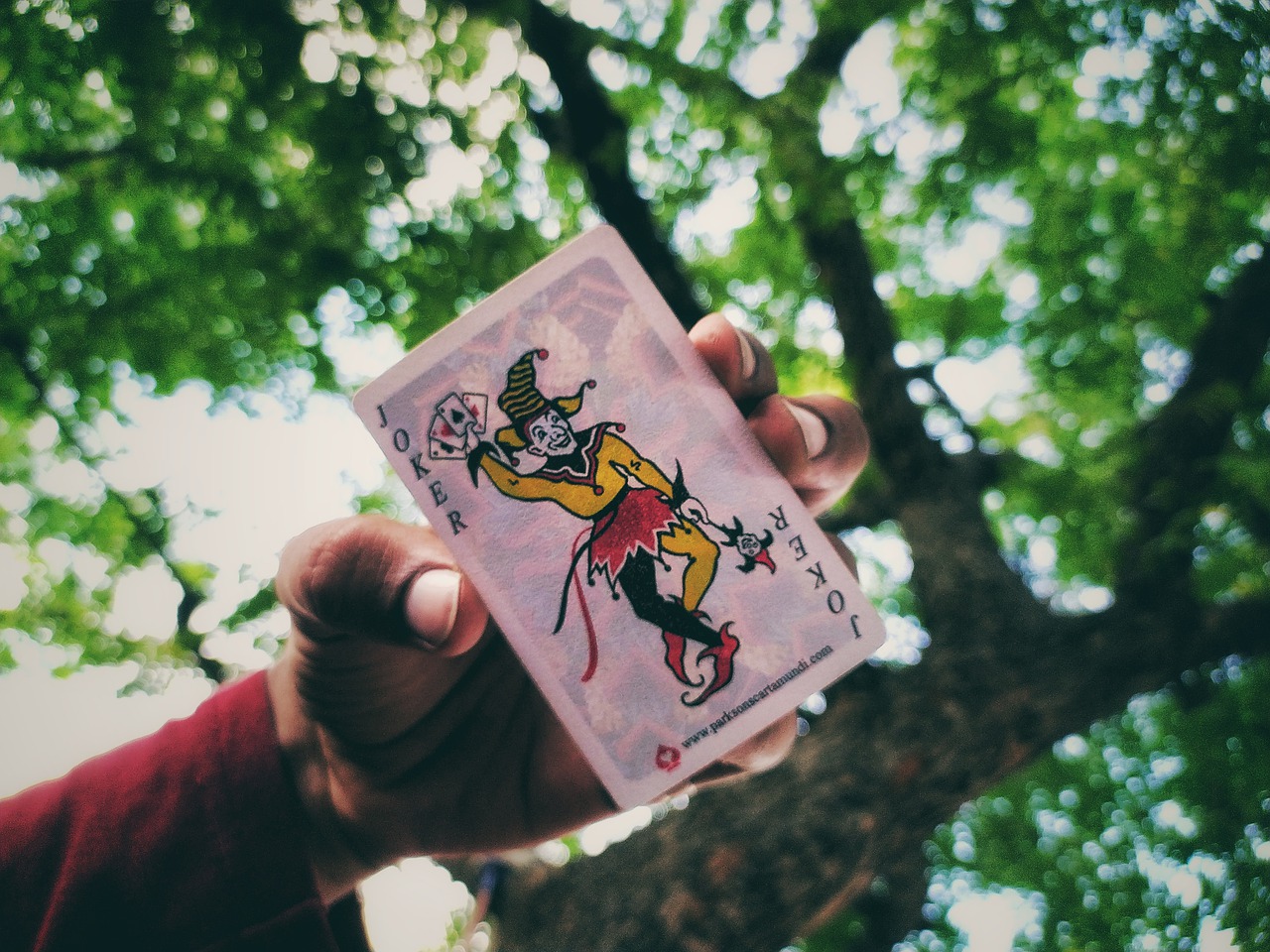Product Engagement in SaaS

As a SaaS company, you probably have an impressive sales and marketing process and product stack running each function to the best of your ability. Very few companies have product engagement plans or processes at their disposal – to their detriment.
SaaS businesses depend on continuous usage and engagement. If your customers aren’t engaging with your product regularly, you won’t retain existing customers or activate new users. It’s important to approach SaaS product engagement with the same fervor and organization as you approach sales and marketing.
What Is Product Engagement?
Product engagement measures how and where users interact with your product. Product engagement requires setting up product analytics and measuring your user activity over time so that you can learn from it and make improvements.
Why Is Measuring Product Engagement Important?
SaaS customers subscribe to your solution, usually on a month-to-month basis. If they stop using your product (for whatever reason), they stop paying for it. Keeping your customers engaged is tantamount to keeping your doors open.
Your product team likely spends most of their team developing features and experiences to drive engagement and adoption.
These teams are costly, which is why it’s important to know that their efforts are paying off. By measuring your user engagement in a quantifiable and systematic way, you’ll know whether you are directing your teams and resources in the right direction.
Measuring SaaS Engagement
Before you start implementing strategies to keep your users engaged, you have to determine how to measure user engagement and track improvement. SaaS businesses should track:
- The number of active users logging onto your product at least once within a specific time frame.
- The usage frequency, e.g., how many times customers engage with your product within a specific time frame.
- The amount of time each user spends using your product every time they log onto your SaaS product.
How to Keep Customers Engaged
Keeping customers engaged isn’t easy, and it will differ from company to company. There are a few key steps that every business can implement.
1. Start With Onboarding Effectively
Onboarding is crucial for your business. If users have a poor experience or struggle to use your product for the first time, they may very well give up on the brand sooner rather than later.
The onboarding stage is when your customers are most motivated and eager to use your product; companies should take full advantage of their enthusiasm by helping them get started. If customers are confused when they log on for the first time, they’ll become demotivated and lose interest.
You can boost engagement from the start by providing product tours and interactive walkthroughs that guide users through every step of realizing their goals and help educate them about your value proposition.
Keep interacting with customers when they sign-up, through emails and follow-up calls.
Simple things like a welcome mailer can make a huge difference. For example, Magoosh, an online test prep company, found using A/B testing that adding a welcome message to their onboarding process during customer trials boosted their conversions by 17%.
2. Ask For Feedback

Do you know how your customers feel about the product, and how satisfied are they with its features? Could their experience be improved by adding or removing a feature?
Analytics will only reveal so much – sometimes, you have to ask. Make sure that you gather customer feedback regularly. Send proactive surveys, ask reps to check in with their customers, and study online reviews. Once you have feedback, use it.
If customers see that you listen to the feedback they supply and make changes accordingly, they’re more likely to engage with your product.
3. Use Content To Your Advantage
SaaS customer engagement means that customers fully adopt your product and use it almost every single day. Keep in touch with regular reminders to use the product through different channels, according to where they are in their user journey. This can include:
- Check-in mailers with custom tips sent a week after onboarding to help new users make the most of the tool.
- Opinion pieces and seminars to keep customers motivated to explore the software and its applications.
- Guided walkthroughs and tutorials for new features to get everyone acquainted with the new elements you’ve added.
- Regular email marketing that educates and informs customers about the product and encourages them to keep engaging.
4. Use Gamification
Gamification uses games and challenges to keep users engaged. This can include quizzes with incentives or leaderboards that compare progress. A good example is Salesforce Trailhead, the onboarding program used by Salesforce. There are several courses that new users can take, but it’s designed to feel like a compelling video game that guides users through the software.
5. Improve Your UX
UX (user experience) writing and design is an important part of user engagement. It’s not just about creating a beautiful layout, but one that actually helps users navigate your SaaS solution and achieve their goals.
Study your analytics. Where are the drop-off points for your customers? What features do they ignore or battle to use? Poor copy, buttons that aren’t visible enough, speed and processing issues, and other UX flaws can destroy user engagement very quickly.
Make sure that your UX grabs the attention of new users and helps them understand the product and how to operate it.
6. Launch New Features
Releasing new features within the product regularly is a good way of getting your customers to engage with the product through in-app notifications and big email announcements.
Make sure to target your users accurately according to your goals. Let users know about the benefits of the feature through email and social media announcements, using good visuals and graphics, and, if appropriate, a walkthrough or product tour.
New features not only spark curiosity but let your customers know that you are constantly adding value to your existing product over time.
You can also communicate changes and new features through a changelog that sends notifications to users when you release an update, or use a pop-up modal during the login screen to announce that a feature has been released, which includes a call to action that asks users to try it out or view a product tutorial.
7. Use Push Notifications
Push notifications send relevant messages to users in real-time. It’s important to use these sparingly so that they don’t feel intrusive. If done well, push notifications can be an effective reminder to log in and use the product.
You can also use these notifications to share tips and information about the company. If you aren’t sure which messages are resonating with your users, use A/B testing and segmentation to tailor messages to different customers and study the results.
In Closing
There is no magic formula for boosting product engagement. It will likely take a lot of trial, error, and analysis over time to keep your customers engaged over time. The good news is that dedicating more time and attention to product engagement can deliver amazing results.
Make sure that you focus on your customers and what they are saying about your SaaS solution so that you can make improvements where necessary. If you consistently remind customers about your value proposition and let them know about new features, they’ll have a compelling reason to engage.
Hint: You can learn more about product engagement techniques through our Onboarding and Product Tour articles.

